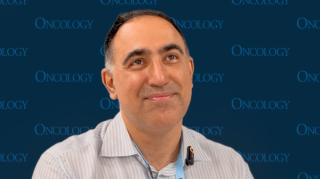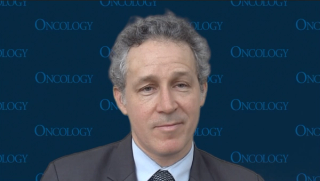
Leukemia
Latest News
Video Series

Latest Videos
Podcasts
More News
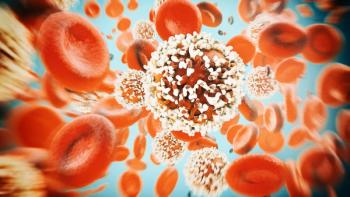
The FDA has asked tambiciclib’s developer to start a trial investigating the combination in front-line acute myeloid leukemia.
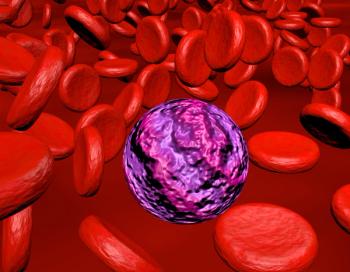
A PDUFA date for decitabine/cedazuridine and venetoclax in newly diagnosed AML has been set for February 25, 2026.

Current data support prospective studies comparing IDH triplet vs IDH doublet therapies among patients with IDH-mutant acute myeloid leukemia.

The FDA has set a Prescription Drug User Fee Act date of October 25, 2025, for approving revumenib in this acute myeloid leukemia population.
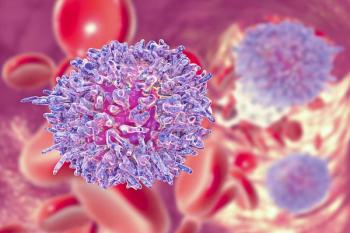
Bexobrutideg, a novel BTK degrader, demonstrated preliminary clinical activity and a consistent safety profile in patients with relapsed/refractory chronic lymphocytic leukemia.
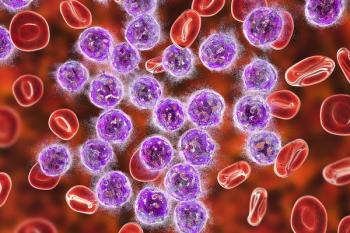
Single-agent olutasidenib maintenance demonstrated clinically meaningful activity in patients with IDH1-mutated acute myeloid leukemia.
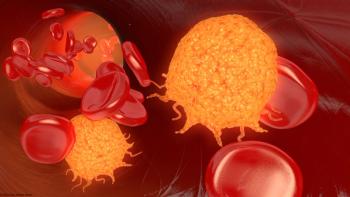
Ponatinib extended EFS and PFS in patients with newly diagnosed, Ph-positive acute lymphoblastic leukemia who did not achieve MRD negativity after induction.

Data from ASCERTAIN-V may support venetoclax plus decitabine/cedazuridine as a new standard of care in those with AML ineligible to receive chemotherapy.

Compared with standard therapy, dasatinib did not improve efficacy for patients with core-binding factor AML.
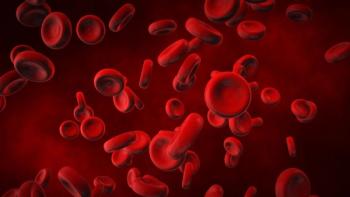
The VIALE-A trial showed high activity with revumenib plus azacitidine and venetoclax for patients with NPM1m/KMT2Ar AML.

The KOMET-001 trial meets its primary end point of CR/CRh rate among patients with NPM1-mutated acute myeloid leukemia.

The FDA assigned a Prescription Drug User Fee Act date of November 30, 2025, for ziftomenib in NPM1-mutant acute myeloid leukemia.

With longer-term follow-up, investigators observed no new safety signals for zanubrutinib in patients with CLL or SLL harboring 17p deletions.

The positive CHMP opinion is based on results from the phase 1b/2 FELIX trial evaluating obe-cel in relapsed/refractory B-cell ALL.

Care for patients with chronic lymphocytic leukemia continues to evolve via novel targeted therapies. Here are 3 things every cancer care specialist should know about treating CLL.
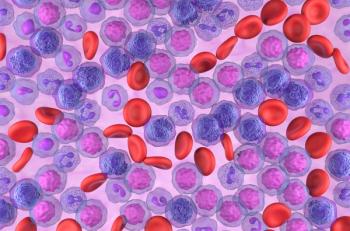
Phase 2 data support the potential of revumenib to advance the standard of care for patients with relapsed/refractory NPM1-mutated acute myeloid leukemia.

This study conducted within the phase 3 AML17 and AML19 trials revealed an OS rate of 69% in patients monitored for MRD and 58% in those not monitored.
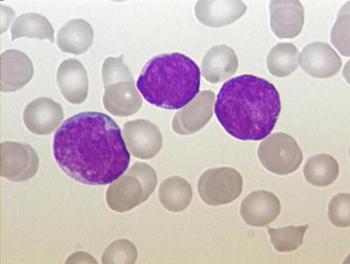
Results from the phase 3 AMPLIFY trial showed that acalabrutinib plus venetoclax, with or without obinutuzumab, prolonged PFS vs chemoimmunotherapy in CLL.
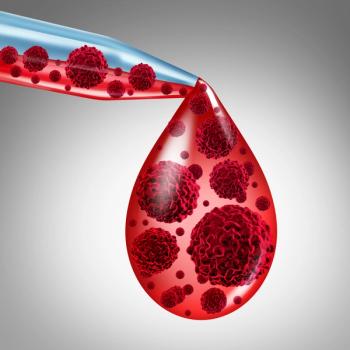
Univariate and multivariate analyses showed no significant association between statin use and grade 3 or higher toxicities in patients with CLL or SLL.

A network meta-analysis of 3 clinical trials sought to compare zanubrutinib vs approved BTKis in relapsed/refractory chronic lymphocytic leukemia.

Tambiciclib was well tolerated in patients with acute myeloid leukemia with myelodysplastic-related changes, and no new safety signals were observed.
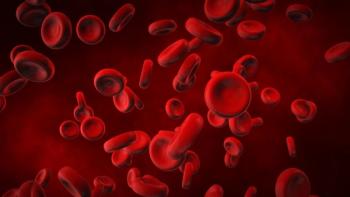
Recipients of hematopoietic stem cell transplantation may benefit from psychosocial interventions and supportive care following their procedure.

Results from the RAINIER trial showed that mipletamig, venetoclax, and azacitidine achieved a complete remission rate of 90% in patients with AML.

Clinical guidelines aimed at both clinicians and patients seek to educate and include both parties in clinical decision-making processes.

Pirtobrutinib demonstrated PFS benefit compared with standard of care in patients with relapsed or refractory CLL in the BRUIN CLL-321 trial.




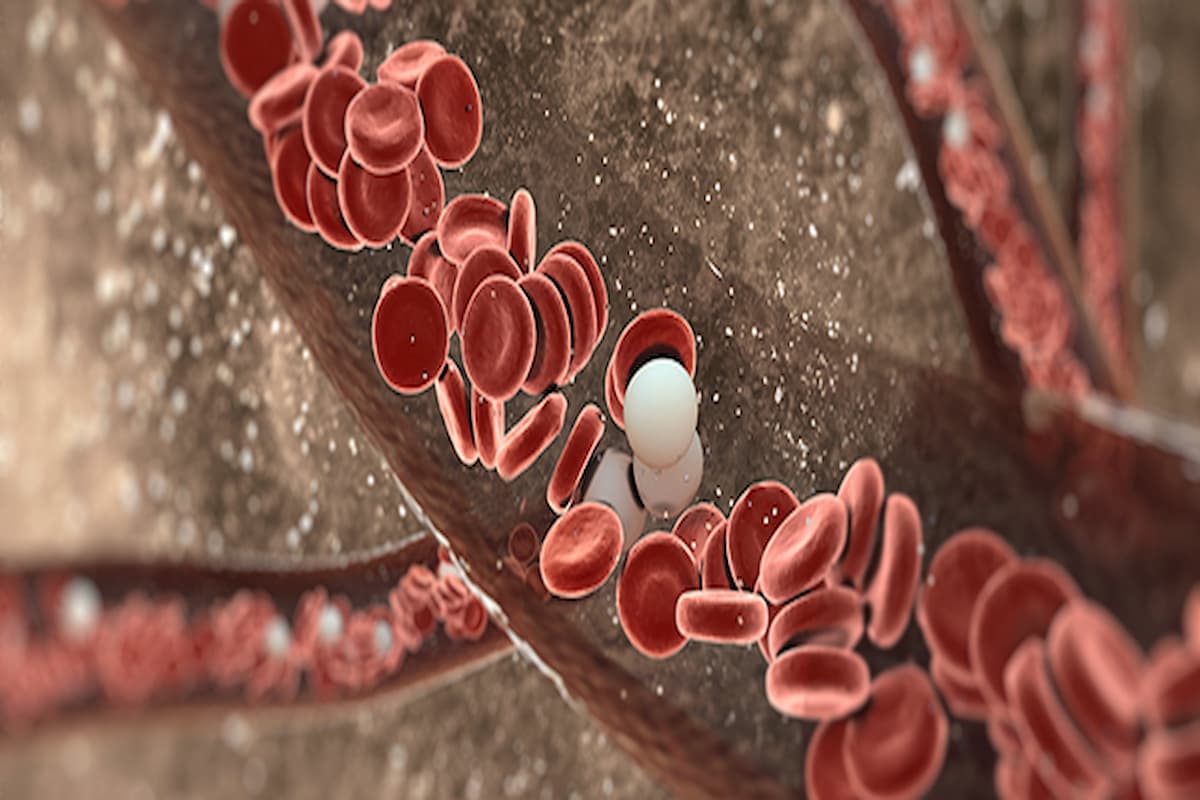


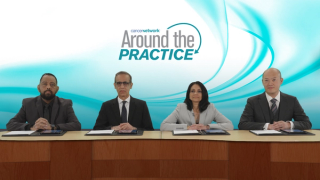
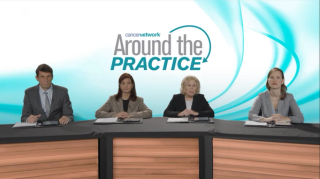
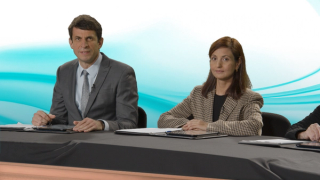

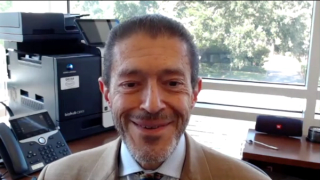
![We have the current CAR [T-cell therapies], which target CD19; however, we need others.](https://cdn.sanity.io/images/0vv8moc6/cancernetwork/6d5ddb2c2098f525a65b378ece6ca55a114f95fc-2974x1660.png?w=320&fit=crop&auto=format)

